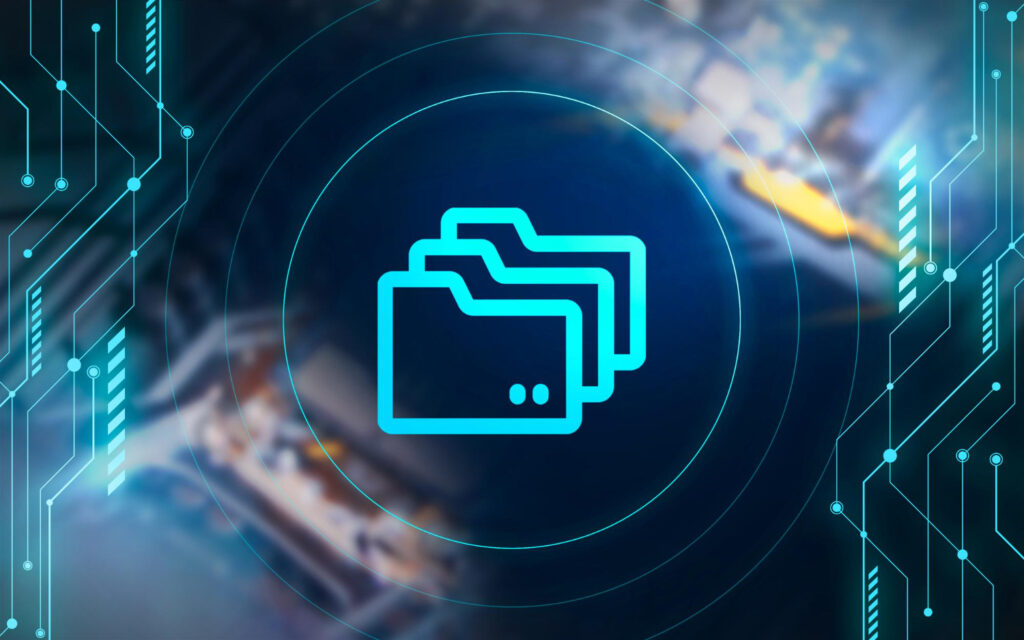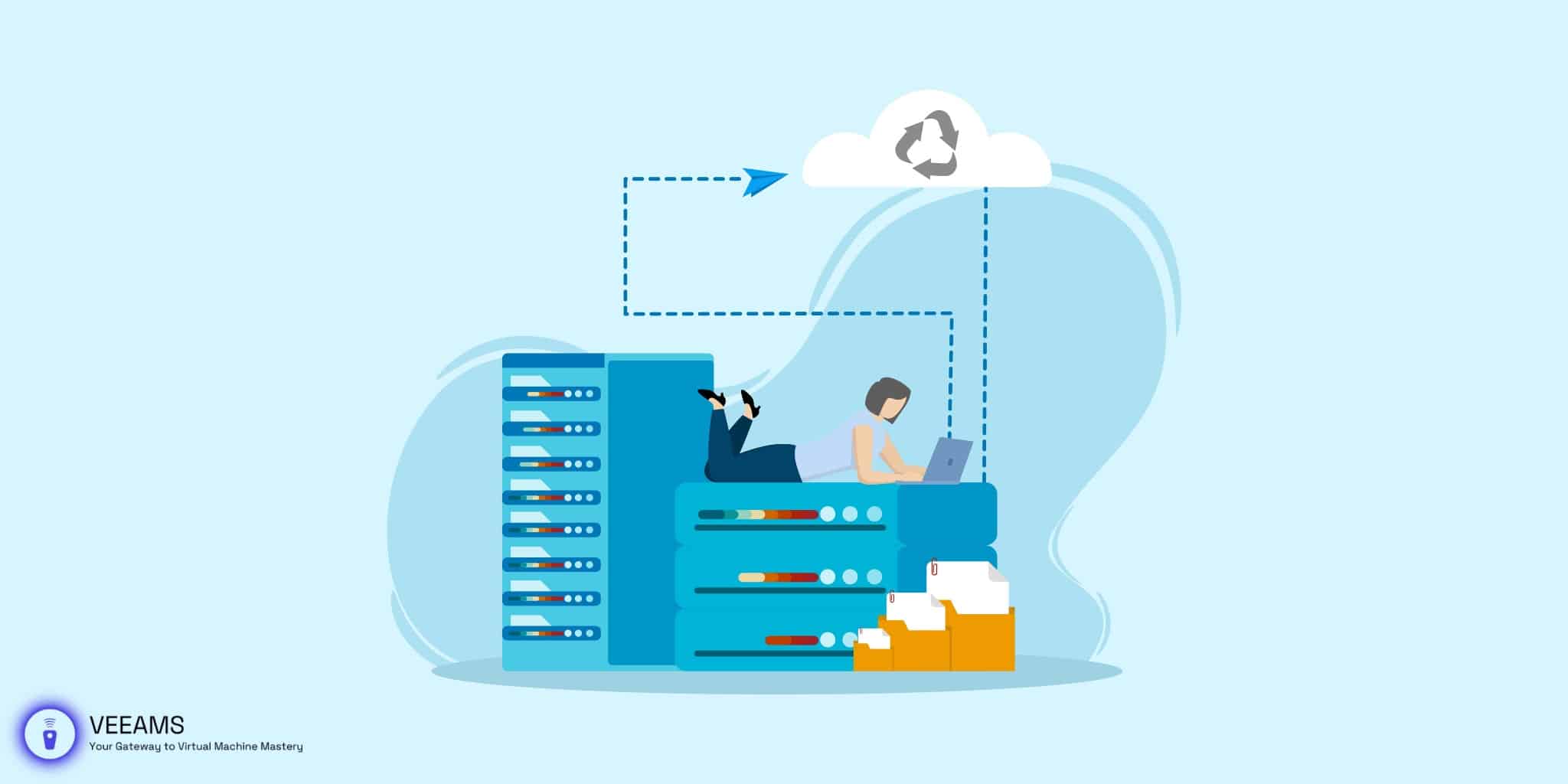Hey there! If you’re diving into the world of Veeam backups, you’ve probably stumbled upon something called VBM files. Let’s peel back the layers of this tech onion and explore what these files are all about, why they’re crucial for your backup game, and how you can leverage them to up your data protection strategy.
What Are VBM Files?
So, you’re working with Veeam Backup & Replication, ensuring your data’s safe and sound—kudos for that. Enter VBM files, or Veeam Backup Metadata files, your roadmap in the complex terrain of data backups. Think of them as the index at the back of a hefty textbook. They don’t hold your data per se but tell you where everything is and how it all fits together. Without this index, you’d be lost in a sea of data, trying to decipher which backup belongs to who and what.
Decoding the Metadata: Inside VBM Files
Diving a bit deeper into the VBM files, let’s talk about what makes them the unsung heroes of the Veeam universe. Encoded in the versatile XML format, these files are a treasure trove of info. Imagine every detail of your backups—right from the who, what, and when to the intricate dance of dependencies between different backup files—meticulously noted in a digital diary. This includes the juicy details like backup sizes, the chain of incremental backups linked to their full backup counterparts, and even custom settings you’ve applied to each job.
But it’s not just about listing facts. The structure of VBM files is designed with purpose, much like the blueprint of a complex machine. It ensures that, should the need arise to migrate your backups or recover from a different location, you’ve got all the instructions needed to rebuild your backup environment from scratch. It’s like having a backup for your backups, ensuring that you’re covered, no matter what.
And for those of you who love to get your hands dirty with a bit of coding, VBM files are a playground. Since they’re in XML, scripting your way through backup automation, custom reports, or even performing bulk updates to backup configurations becomes a walk in the park. The potential for customization and optimization is enormous, limited only by your imagination and technical prowess.
The Critical Role of VBM Files in Data Recovery
Now, let’s zero in on the real MVP move of VBM files—their role in data recovery. Picture this: disaster strikes, and you need to get your systems back online, like, yesterday. Every second of downtime is dollars down the drain. Here’s where VBM files shine brighter than a knight in digital armor. With their detailed mapping of your backup landscape, they guide the recovery process, ensuring that you can swiftly locate and restore exactly what you need.
But the magic of VBM files goes beyond just quick recovery. They’re the backbone of Veeam’s SureBackup and SureReplica technologies. These features allow you to verify the integrity of your backups and replicas without disrupting your live environment. Think of it as a dress rehearsal for disaster recovery, with VBM files directing the show, ensuring that when the time comes, your recovery is not just fast but also foolproof.
Moreover, in the complex web of modern IT environments, where data sprawls across clouds, virtual machines, and physical servers, VBM files act as the glue holding your backup strategy together. They ensure that no matter where your data resides or how it’s been backed up, you have a unified view and control over your recovery process. This seamless integration across diverse environments isn’t just convenient; it’s critical in ensuring that your recovery strategy is robust, resilient, and ready to face whatever challenges come your way.

Key Takeaways
- Rapid Restoration: VBM files streamline the recovery process, enabling quick and precise restoration of data, minimizing downtime and operational disruptions.
- Integrity Assurance: Leveraging VBM files, Veeam’s SureBackup and SureReplica technologies validate the reliability of backups and replicas without impacting the live environment, ensuring your data is not just recoverable but also intact and trustworthy.
- Unified Recovery Strategy: They provide a cohesive overview of backups across diverse environments, from cloud to physical servers, simplifying management and enhancing the robustness of your recovery plan.
- Disaster Preparedness: With detailed metadata at your disposal, VBM files equip you to face data disasters with confidence, ensuring that your backup strategy is not just a plan but a tested, ready-to-deploy solution.
Fine-Tuning Your Backup Strategy with VBM Files
Leveraging VBM files not only elevates your backup game but also fine-tunes it for peak performance. Here’s the distilled essence of how they can transform your strategy:
Streamline Backup Management
Utilize VBM files to oversee and refine backup schedules, ensuring efficiency without overcrowding your storage or overtasking your system.
Tighten RPOs and RTOs
Adjust backup frequencies based on VBM insights to meet stringent Recovery Point Objectives (RPOs) and slash Recovery Time Objectives (RTOs), ensuring quick, accurate data recovery.
Scale with Agility
As your data landscape evolves, VBM files guide your strategy’s scalability, ensuring your backup infrastructure grows in sync with your needs, without missing a beat.
Embrace Advanced Techniques
Incorporate sophisticated backup methodologies like synthetic full backups and incremental-forever strategies, informed by VBM metadata, to optimize protection and storage efficiency.
By smartly applying the intelligence from VBM files, you can create a backup strategy that’s not just reactive but proactive, ensuring your data is both safeguarded and readily accessible when needed.
Advanced Tips for Managing VBM Files
For the backup admins out there, getting cozy with VBM files can elevate your backup strategy from good to legendary. Here are a couple of pro tips:
- Keep Your VBM Files in Check: Regularly verify their integrity. A missing or corrupted VBM file is like missing a crucial piece in a puzzle.
- Strategize Your Storage: Organize your backup jobs and their corresponding VBM files in a way that makes sense for quick access and recovery. Think of it as decluttering your digital workspace.
VBM Files and Beyond: The Future of Data Backup with Veeam
The realm of data backup is always on the move, and VBM files are riding the wave right along with it. As Veeam continues to innovate, expect VBM files to get even smarter, making backups more efficient, secure, and user-friendly. We’re talking about leveraging AI and machine learning to predict and prevent data loss before it even happens. The future’s looking bright, and VBM files are sure to be at the heart of it.

Great read on VBM files & Veeam backups. Really clarified a lot for me, especially on improving RPOs/RTOs. Cheers!